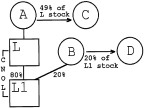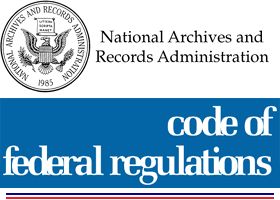In a 2-1 opinion, a panel of the Court of Appeals for the Ninth Circuit has reversed the U.S. Tax Court in Altera v. Commissioner. (I don’t have a link yet to the opinion because it just came out this morning, but will add it as a comment when I do.) The decision is great news for IRS rulemaking: the Court of Appeals upheld a Treasury regulation in the face of a procedural challenge that alleged that “although Treasury solicited public comments, it did not adequately consider and respond to those responses, rendering the regulations arbitrary and capricious under State Farm.” Altera, slip. op. at 27. The court found that Treasury’s approach to the regulation (a cost-sharing regulation under Code section 482) satisfied State Farm‘s requirements. Id. at 37. The Court of Appeals also accorded the regulation Chevron deference. Id. at 46.
In my view, this is the right outcome. (Full disclosure: Susan Morse and Stephen Shay spearheaded an amicus brief in the Ninth Circuit in favor of the Commissioner, in which I joined, along with Dick Harvey, Ruth Mason, and Bret Wells.) Treasury did consider and respond to the comments it received on the regulation; it simply had a different approach to the substance of the regulation than the taxpayers commenting did. The Court of Appeals explains:
“In short, the objectors were arguing that the evidence they cited—showing that unrelated parties do not share employee stock compensation costs—proved that Treasury’s commensurate with income analysis did not comport with the arm’s length standard. Thus, the thrust of the objection was that Treasury misinterpreted § 482. But that is a separate question—one properly addressed in the Chevron analysis. That commenters disagreed with Treasury’s interpretation of the law does not make the rulemaking process defective.”
Altera, supra, at 31-32.
It is worth noting that the court did not address larger questions of the applicability of the APA or Chevron in tax cases, stating in a footnote (and citing Stephanie Hoffer & Chris Walker and Kristin Hickman):
“Because the Commissioner does not contest the applicability of the APA or Chevron in this context, this case does not require us to decide the broader questions of the precise contours of the application of APA to the Commissioner’s administration of the tax system or the continued vitality of the theory of tax exceptionalism.”
Id. at 25 n.5. Dan Shaviro has blogged about the decision on Start Making Sense, noting that “the Chevron standard for reviewing administrative regulations . . . may well be on the Supreme Court’s chopping block in the near future.”
I would expect more coverage of the Altera decision soon. For prior Surly coverage, see here.



 By Sam Brunson
By Sam Brunson On my
On my